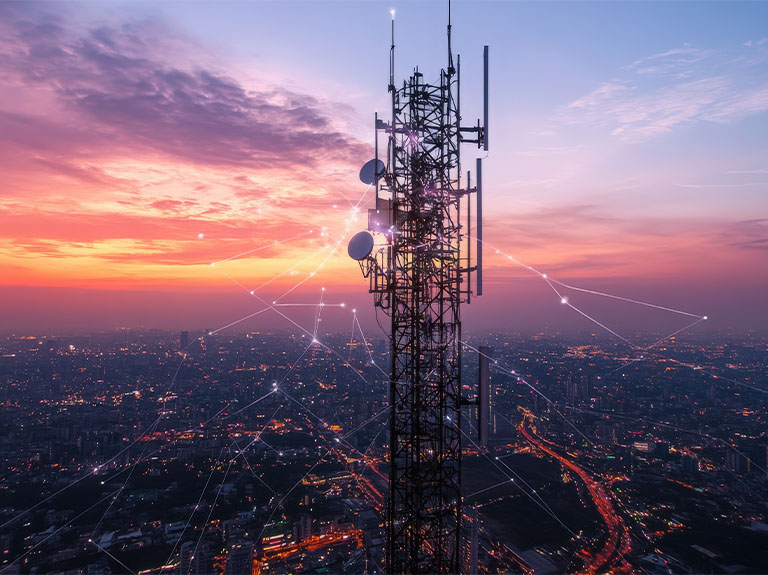
In a suburban lab across from a grocery store, engineers are building a 5G testing site so they can write the book on 5G cybersecurity.
If not a book, they’ll definitely put a detailed document online. It will be a guide to best practices for securing 5G networks – which ultimately will be the safest generation of mobile broadband yet.
AT&T is pleased to be among several companies collaborating on the project with the National Cybersecurity Center of Excellence in Rockville, MD. It’s part of the National Institute of Standards and Technology.
5G already has standards for cybersecurity set by 3GPP, a global partnership of telecom standards bodies. The NIST project is different. It is working on real-world tests with a group of equipment and software vendors, mobile operators and security service providers. It plans to literally demonstrate and document the strong security than can be achieved in 5G networks.
Here’s an example. As full 5G standards are reached, for the first time, your connection to a cell tower will use an encrypted form of your identity, not your actual subscriber ID. That means hackers pretending to be a cell tower won’t be able to capture your call and location.
NIST will test the encryption as it actually happens. The results will serve as a reference. This should help the many organizations that want to take advantage of 5G’s advanced security along with its faster speeds, lower latency and massive connectivity.
You can read our recent blog post about AT&T and 5G security. We are proud of our leadership in this critical area.
NIST is building its system now, with testing to begin soon. The guide it produces won’t be the sort of thing you browse on your smartphone. But as you browse your grocery list, you’ll be glad it’s been written.
Rita Marty is a vice president of the AT&T Chief Security Office. She leads the development of 5G security.


